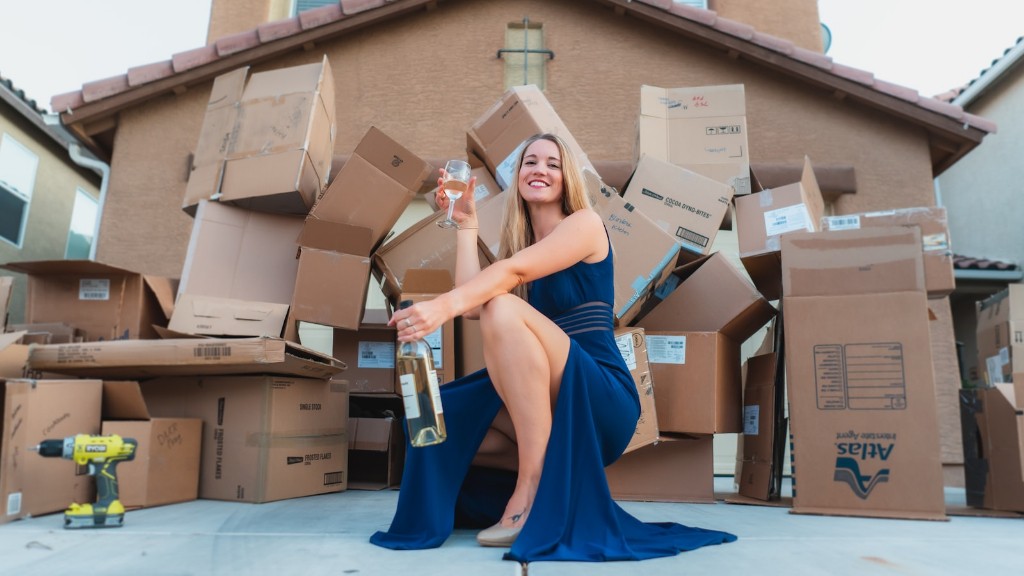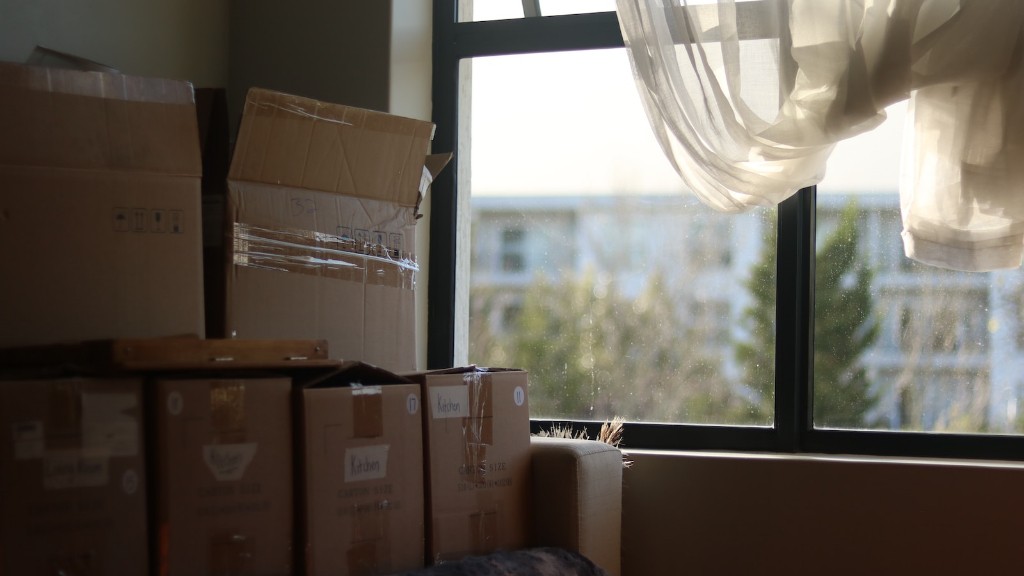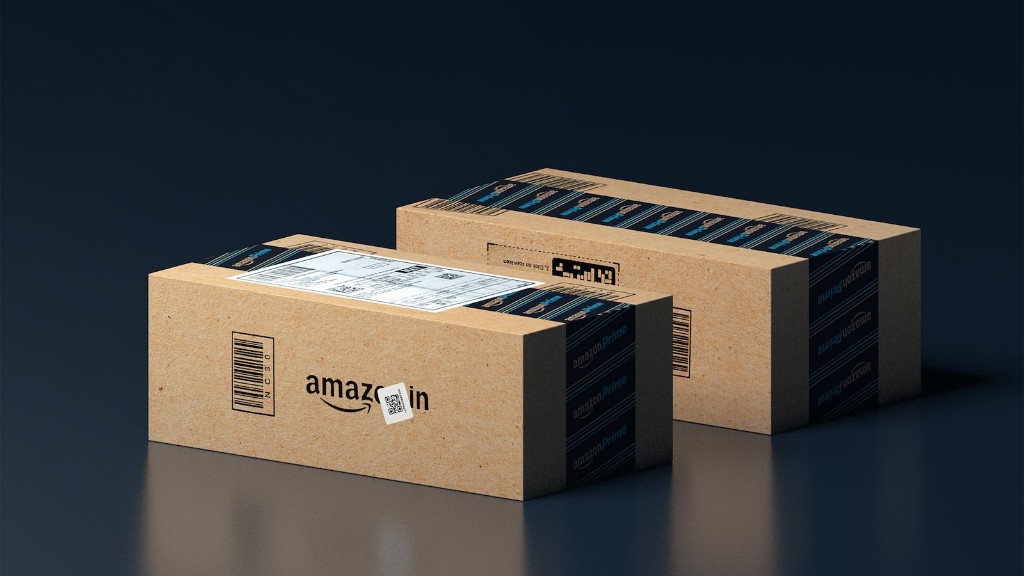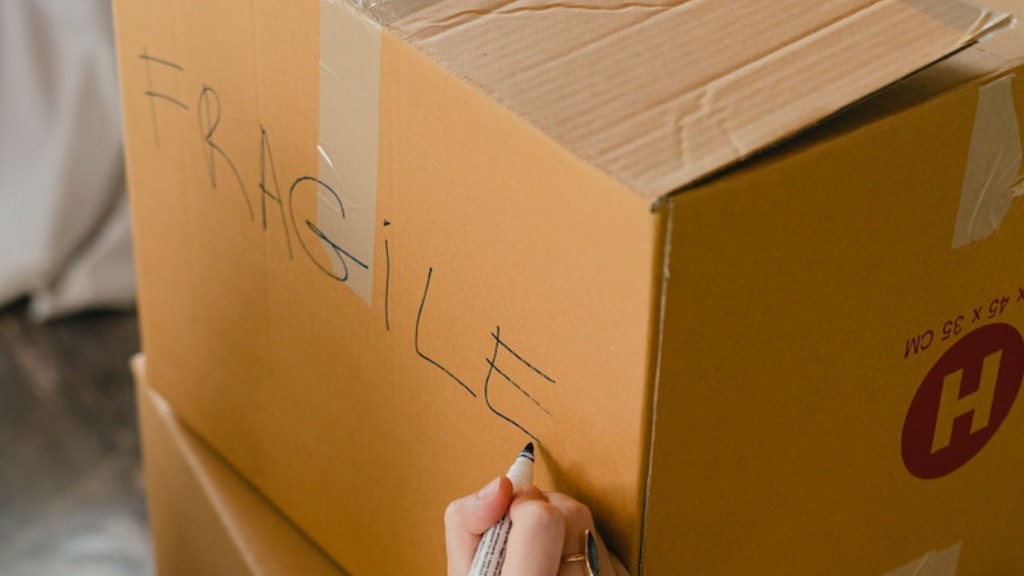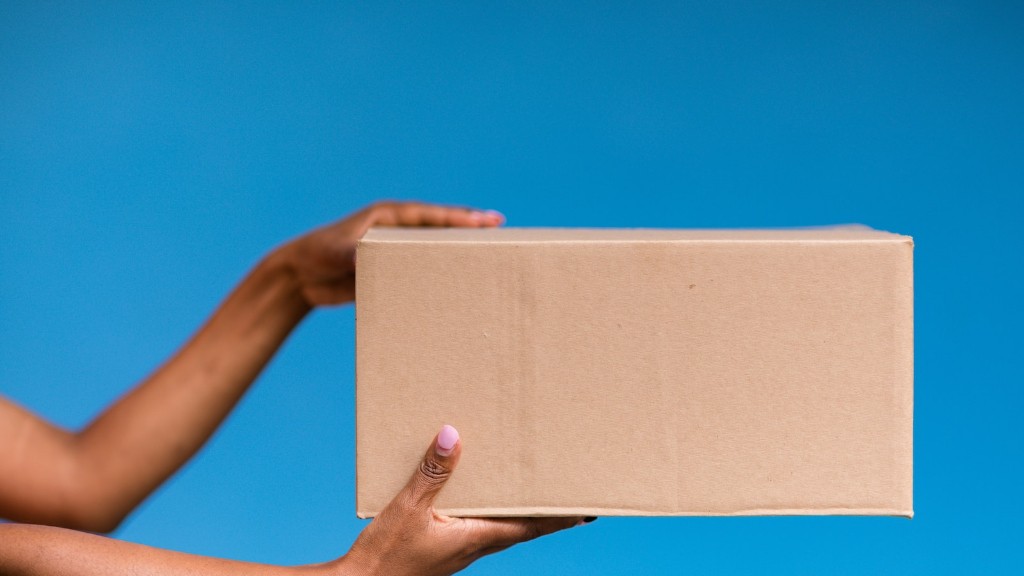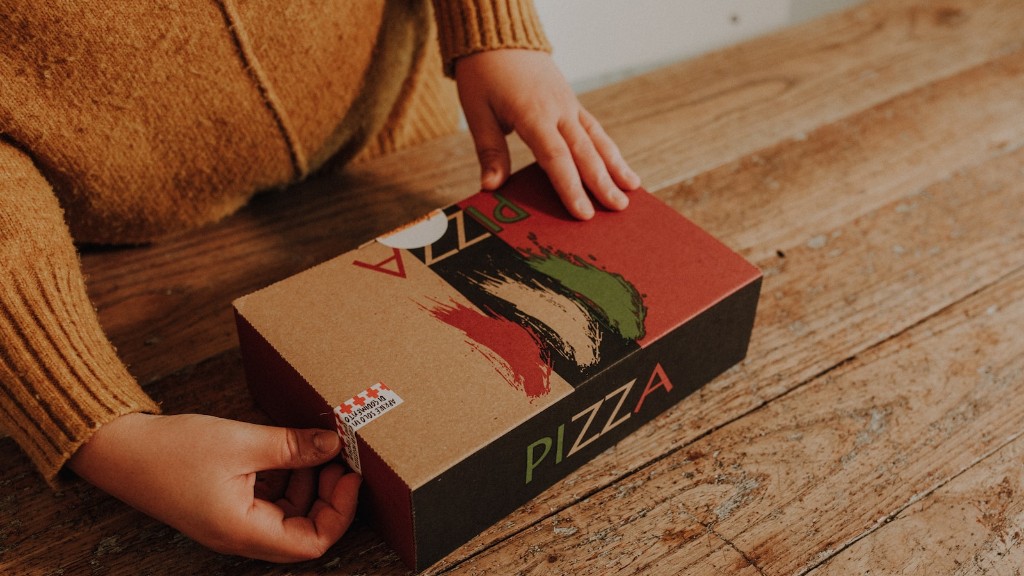Have you ever wondered what to do with the empty milk cartons that you have lying around in your kitchen? Instead of throwing them away, why not consider giving them a new life by transforming them into useful storage boxes? Making a milk carton box is not only an eco-friendly solution but also a fun and creative activity for both adults and children. In this article, we will guide you through the step-by-step process of making your own milk carton box, providing you with all the necessary information and tips to ensure your success.
Before we begin, let’s gather some background information about milk cartons. It is important to note that not all milk cartons are suitable for this DIY project. The ideal cartons for making boxes are those made from sturdy materials like cardboard or paperboard. These materials are often used for packaging milk and other beverages, ensuring durability and strength.
To make a milk carton box, you will need a few additional materials aside from the cartons themselves. Gather scissors, a ruler, a pencil, a craft knife, adhesive such as glue or tape, and any decorations you would like to add to personalize your box. With these materials in hand, you are ready to start creating your personalized milk carton box.
Start by cleaning the milk cartons thoroughly, washing away any remaining milk residue. Once cleaned, dry the cartons completely before moving on to the next steps. This is important not only for hygienic reasons but also to ensure that the cartons are free from moisture, which could weaken their structure.
After drying the cartons, flatten them by carefully cutting and removing the top flaps. Gently open the carton and flatten it out, making sure there are no creases or folds. Next, using the ruler and pencil, measure and mark the desired height of your box on the flattened carton. Keep in mind that the height should be uniform across all sides of the box.
Now it’s time to cut along the marked lines. Take the craft knife and carefully follow the pencil marks to cut out the sides of your box. Remember to exercise caution and keep your fingers away from the blade. Once all the cuts are made, fold the carton along the remaining untouched edges to form the sides of your box. You can secure the folded edges with adhesive, ensuring a sturdy structure.
Congratulations! You have successfully created the base of your milk carton box. At this point, you can let your creativity shine by decorating the box however you please. Consider using paint, markers, or decorative paper to add a personal touch. You can also get creative with the top of the box by leaving it open or adding a lid using additional carton pieces.
Additional Ways to Upcycle Milk Cartons
Apart from making milk carton boxes, there are numerous other ways to upcycle empty milk cartons and further reduce waste. One popular option is to turn them into planters for your garden or indoor plants. Cut off the top section of the carton, poke some drainage holes in the bottom, fill it with soil, and plant your desired seeds or seedlings. Not only does this save you money on buying planters, but it also gives the cartons a new purpose.
Another creative way to repurpose milk cartons is by transforming them into bird feeders. By cutting windows and making perches on the sides of the carton, you can create a feeding station for birds in your backyard. Fill the bottom with bird seeds, hang it from a tree, and watch as the birds gather for a meal. It’s a simple project that can bring you closer to nature and provide food for our feathered friends.
If you have a green thumb and want to take your gardening skills to the next level, consider transforming milk cartons into self-watering planters. By making a few modifications and adding a wicking system, you can ensure that your plants receive water consistently without the need for daily watering. This is a great option for individuals who travel frequently or struggle with plant care.
On a different note, empty milk cartons can also be repurposed as organizers for your desk or other household items. By cutting the cartons into various sizes and placing them side by side in a drawer or on a shelf, you can create compartments for storing office supplies, kitchen utensils, or even jewelry. The cartons provide a cost-effective and customizable storage solution.
Tips for Successful Upcycling
Now that you’ve learned the basics of creating a milk carton box and explored alternative upcycling options let’s discuss some tips to ensure your upcycling projects are successful. First and foremost, always choose cartons made from durable materials like cardboard or paperboard, as mentioned earlier. These materials provide the necessary sturdiness for your creations.
Additionally, it is important to clean the cartons thoroughly before starting any upcycling project. Removing any residual liquids or food particles not only ensures a hygienic environment but also helps preserve the structural integrity of the cartons. Proper drying is also crucial to prevent mold or mildew from forming.
When it comes to cutting the cartons, exercise caution and use proper tools such as a craft knife or sharp scissors. This will make the cutting process smoother and reduce the risk of accidents. If you are involving children in the project, it is important to supervise them and ensure their safety at all times.
Finally, don’t be afraid to let your creativity soar. Upcycling is all about repurposing items in unique and creative ways. Personalize your creations by adding decorative elements, such as paint, markers, or stickers. The more you experiment and explore different possibilities, the more fun and rewarding the upcycling process becomes.
Impact of Upcycling on the Environment
Upcycling not only saves discarded material from ending up in landfills but also reduces the demand for newly manufactured products. By repurposing items like milk cartons, we can significantly reduce our ecological footprint and contribute positively to the environment. Additionally, upcycling promotes a sense of resourcefulness and creativity, encouraging individuals to think outside the box and find new uses for everyday objects.
According to experts in environmental sustainability, upcycling plays a crucial role in the circular economy. By extending the lifespan of products and materials, we minimize the need for raw resources and energy-intensive manufacturing processes. This, in turn, helps conserve natural resources and reduce greenhouse gas emissions associated with production and disposal.
From an economic perspective, upcycling can also lead to job creation and entrepreneurial opportunities. As the popularity of upcycled products grows, entrepreneurs and small businesses can tap into this market by offering unique and sustainable creations. This not only supports local economies but also encourages a shift towards more sustainable consumption patterns.
Challenges and Future Possibilities
While upcycling offers numerous benefits, it also comes with its own set of challenges. One of the primary challenges is the limited availability of suitable materials for upcycling. Not all products are designed with upcycling in mind, making it difficult for individuals to find materials that are durable and suitable for repurposing.
Additionally, upcycling requires time, effort, and creativity. It may not be suitable for everyone or may not always be the most practical solution, especially for individuals with busy lifestyles or limited crafting skills. However, the growing popularity of upcycling and the increasing number of resources available online make it easier for individuals to learn and engage in upcycling projects.
Looking ahead, there is immense potential for upcycling to continue revolutionizing our approach to waste management and consumption. As awareness around sustainability grows, manufacturers can play a crucial role by designing products with upcycling in mind. By using materials that are easily repurposed or recycled, companies can contribute to a more circular and sustainable economy.
Furthermore, technological advancements and innovation have the potential to revolutionize upcycling processes. From 3D printing using recycled materials to automated sorting and repurposing systems, we can expect to see exciting developments in the upcycling industry in the coming years. These advancements will not only make upcycling more accessible but also expand the range of materials that can be repurposed.
